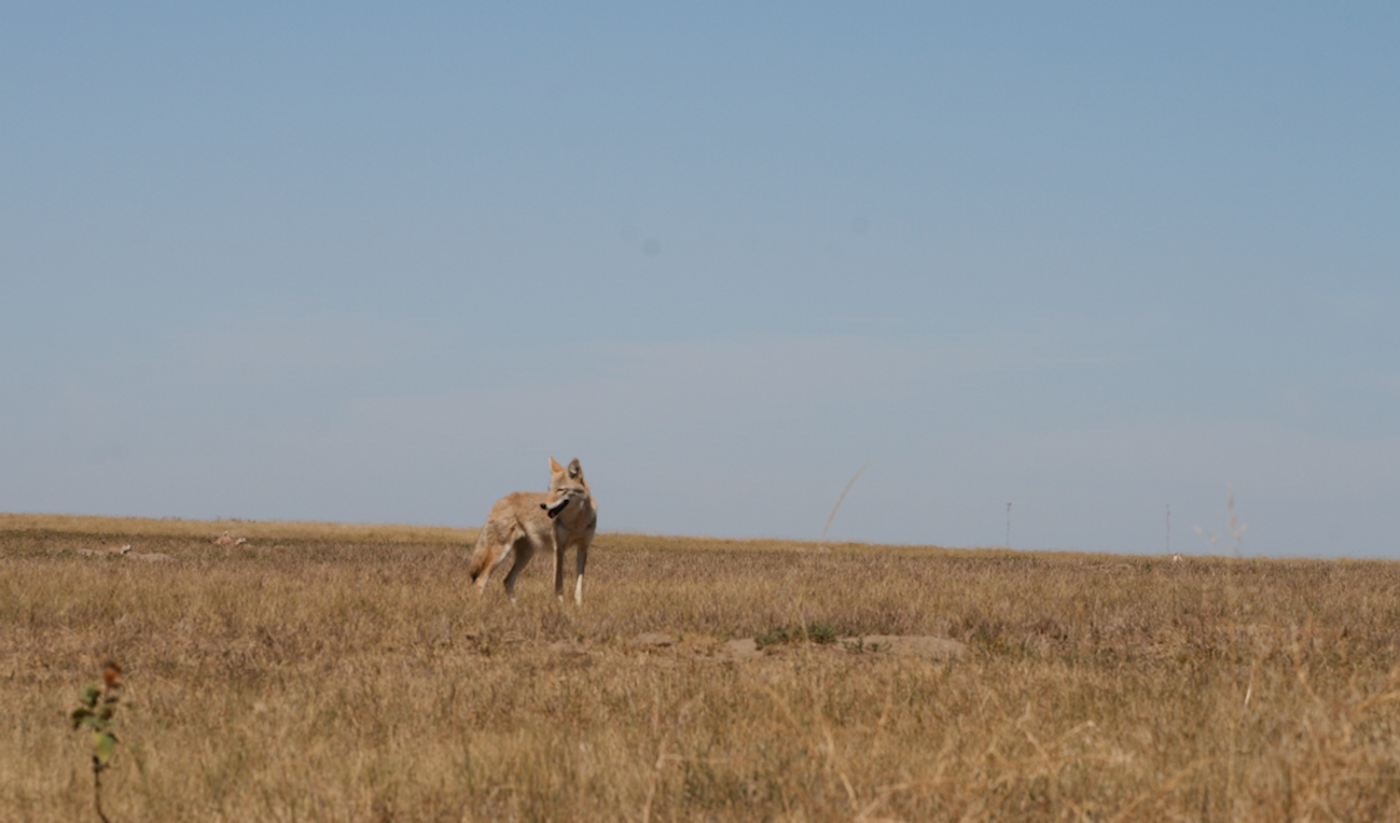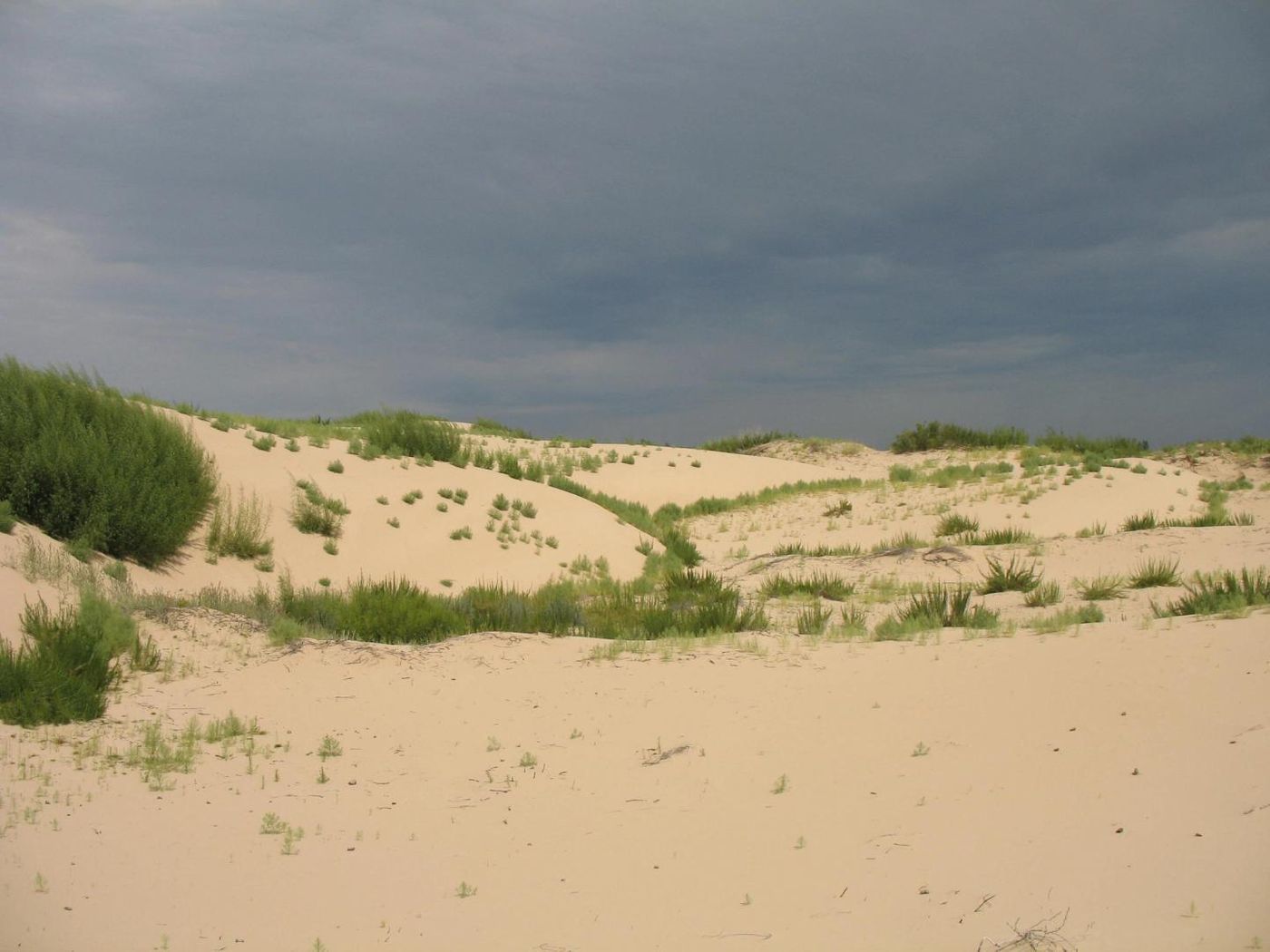Rising Temps Seem to Limit Vegetation's Access to Water, Reducing Growth
A new study using data from the past 30 years has suggested that as global temperatures rise, vegetation is getting access to less water, and that's limiting its growth. Vegetation is a major influence on Earth's systems of carbon and water cycling, which both affect temperature. The findings have been reported in Nature Communications.
"Without water, living things struggle to survive, including plants," said senior study author Lixin Wang, an associate professor of earth sciences at the School of Science at Indiana University-Purdue University Indianapolis. "Changes in vegetation response to water availability can result in significant shifts of climate-carbon interaction."
Not much research has been done on how vegetation might respond to climate change even though that information may become increasingly important, which is partly due to the complexity of the systems involved.
"Global temperature and the concentration of atmospheric CO2, or carbon dioxide, have been increasing," Lixin Wang said. Researchers have already shown that the human-caused increase in carbon dioxide in the atmosphere has caused and will continue to cause more extremely hot days and droughts. This is already impacts vegetation growth, which may become even more stressed as the climate warms. But, quantifying how vegetation growth changes on a massive scale is challenging.
To overcome the challenges inherent in this research, the scientists utilized meteorology and satellite sensing data from 1982 to 2015, which covered large areas.
"We developed our own metrics to indicate water constraints and then examined the changes in the metrics," explained first study author and Indiana University Bloomington graduate student Wenzhe Jiao. "The study is quite computationally extensive since we examined the relationship between vegetation growth and water deficit at each grid cell over the whole extratropical Northern Hemisphere - 604,800 data points each year - over more than 30 years."
It's been thought that carbon increases in the atmosphere could promote plant growth, and bigger plants might take up some excess atmospheric carbon. But this analysis indicated that there was widespread and significant disruptions to vegetation's water supply as atmospheric carbon levels rose. Some regions, like the US Great Plains, were worse than others. A warmer climate is limiting water availability, which counteracts any increase in plant growth from the extra carbon, the study suggested.
"Increasing water constraints on vegetation productivity may drive a shift from a period of increasing land carbon sink strength to a period in which climate change is reducing land carbon sink strength," Lixin Wang said.
"Our research shows that increasing water constraints will likely limit continuous vegetation growth, thus slowing down the removal of CO2 from the atmosphere by plants," said Jiao.
"The results emphasize the need for actions that could slow down CO2 emissions," Lixin Wang said. "Without that, water constraints impacting plant growth and the weakening of vegetation's ability to removal of CO2 from the atmosphere are unlikely to slow."
Sources: AAAS/Eurekalert! via Indiana University, Nature Communications











